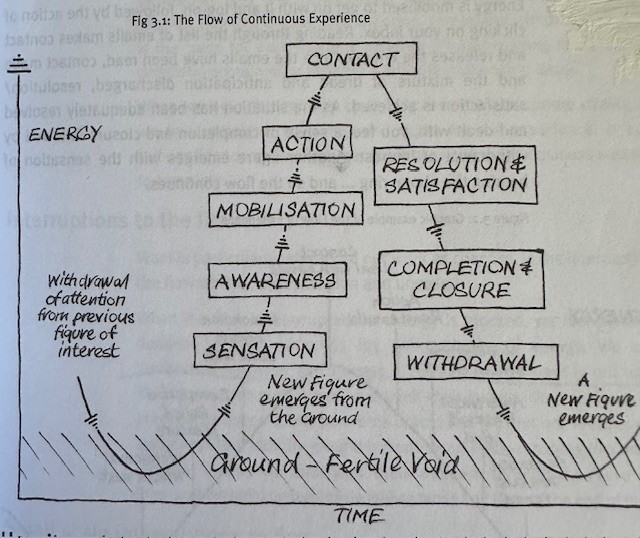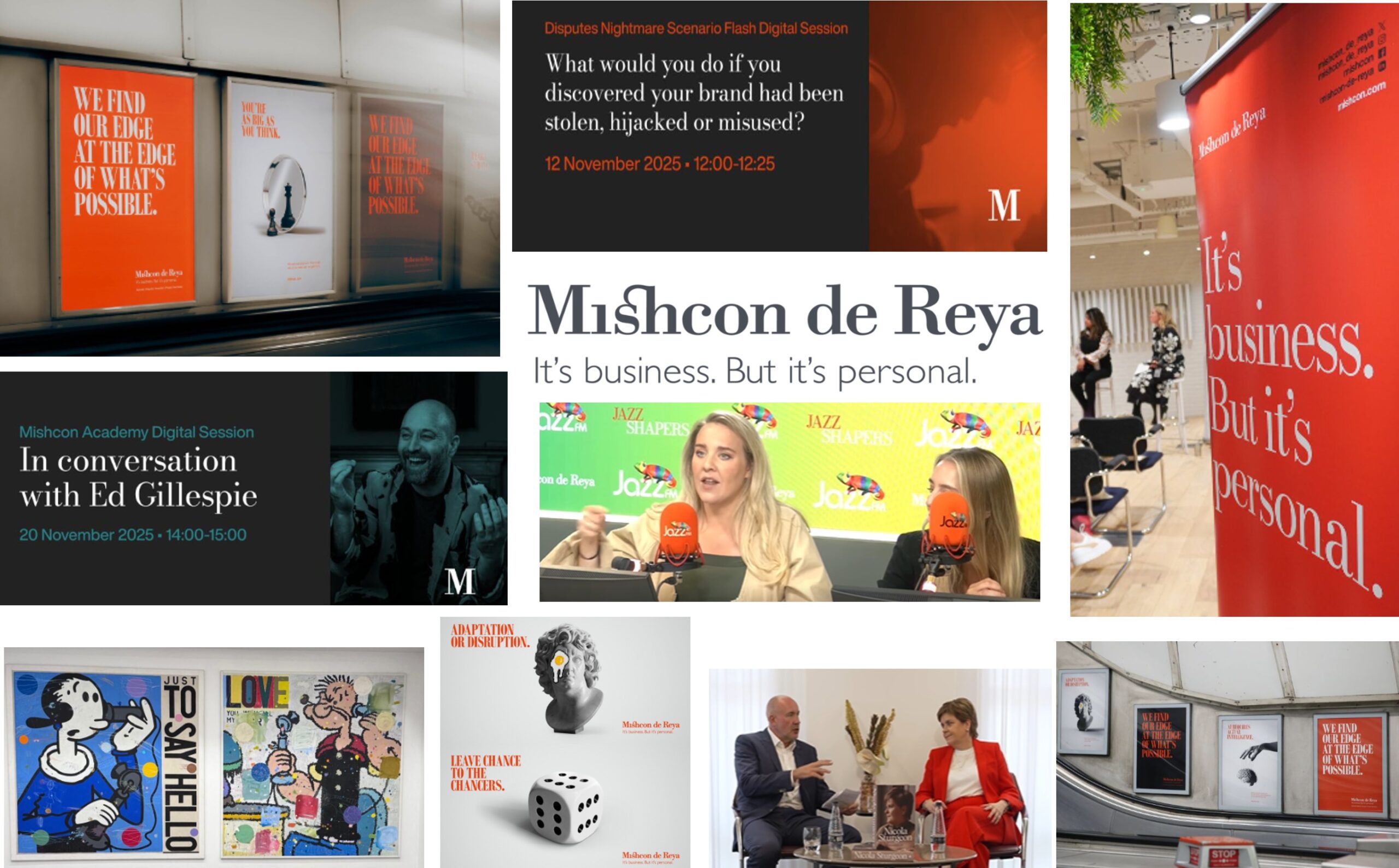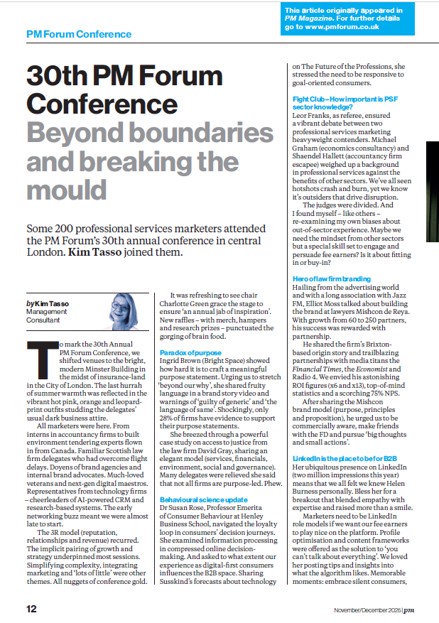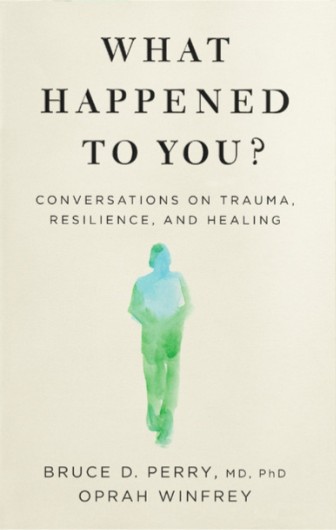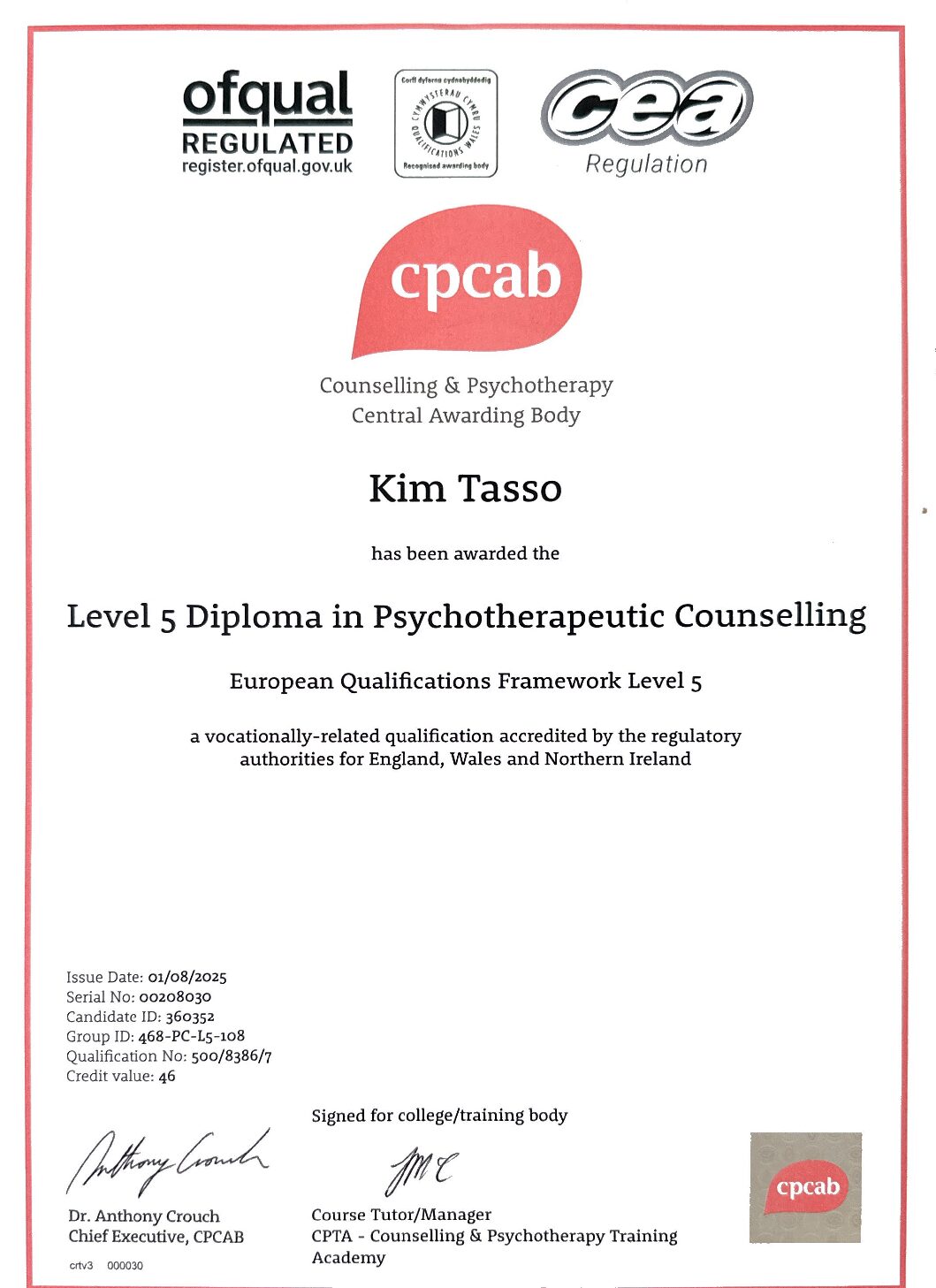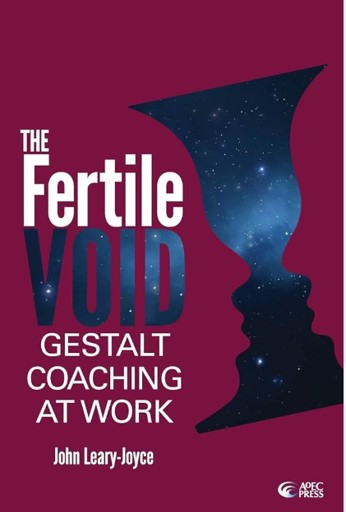
This book will be of interest to experienced coaches (beginners will need to be familiar with coaching fundamentals – introductory books are listed below). It explains how Gestalt therapy techniques can be used in coaching situations. I’ve written this review as a supplement to the resources available to those who attend my coaching training courses. Book review: The Fertile Void – Gestalt coaching at work by John Leary-Joyce (2014).
What is Gestalt?
Gestalt is a movement in psychotherapy which I learned about when training as a therapist. I admit that when I first encountered it I was a little sceptical. There is a constant focus on being present in the “here and now, “being not doing”, attending to what people feel in their bodies in the moment and looking at the completion of experience cycles (e.g. we don’t just see the lines on a page – we perceive the whole image). However, subsequently as a counsellor both I and my clients have found great value in Gestalt (especially in empty chair exercises) and I’m excited about using the approach in coaching situations.
Counselling and Psychotherapy Training | The Gestalt Centre says “Gestalt is a highly positive and practical integrative therapeutic approach. Broadly, Gestalt practitioners help people to focus on their immediate thoughts, feelings and behaviour and to better understand the way they relate to others. This increased awareness can help people to find a new perspective, see the bigger picture and start to effect changes”
About the author – John Leary-Joyce
The author was one of the pioneers establishing Gestalt in the UK in the late 1970s. He was the founding trainer at the Gestalt Centre London, becoming managing director in 1986. He grew the business exponentially. In 2000 he founded the Academy of Executive Coaching.
He was fascinated by the Gestalt notion of the Fertile Void – the paradox that someone or something could be simultaneously empty and full. To tolerate the process of staying with the void of “not knowing” and allowing the space and time for something new and amazing to happen. He talks of embracing polarities – to speak and be heard we need quiet, to be energetic we need rest, to feel full we need to experience being empty.
The idea of the void is similar to the neutral zone (“no man’s land”) during transitions in the great 1980 book by William Bridges called “Transitions – Making sense of life’s changes” Your personal transition – Endings, neutral zone and new beginnings (kimtasso.com)
About the book – The Fertile Void by John Leary-Joyce
Some of the ideas in Gestalt are hard to get your head around and this book helps to understand the key concepts. Fundamental to the approach is the link between the body and mind (somatic).
The 250 pages are organised into three parts:
- Theoretical underpinning of Gestalt and its use in coaching rather than therapy
- Ways to use the Gestalt approach in coaching practice
- Key elements to develop your capability as a Gestalt coach
Throughout the book there are experiments (practice activities) for coaches to try. There are also highlights of the implications for the coach. There are lots of example conversations showing how the ideas appear during coach-coachee conversations.
Each chapter ends with a helpful summary to remind you of the key ideas. These are valuable when reviewing the key concepts having read the book
Part One – The Gestalt approach to coaching
Overview of Gestalt Coaching
- Gestalt therapy originated in 1920 – founders were Fritz and Laura Perls. Gestalt is the German word for whole, complete or pattern
- The coach is the main tool (Gestalt is more an attitude) – a perspective
- The five basic principles focus on:
- Awareness
- How we do things (rather than why)
- Being present in the here and now
- The quality of the relationship
- Paradoxical nature of change
- Gestalt coaching is most effective working with: relationships and identity, ambiguity, confusions and uncertainty about direction, dilemmas, vision and strategy and creativity and innovation
The spectrum of coaching practice flows through the four coaching levels and Gestalt works more for developmental and existential levels:
- Skills
- Performance
- Developmental
- Existential (fundamental nature of individual’s identity and existence, their core beliefs and values)
Awareness
A key idea is the relationship between the figure and the ground – how we perceive things and where we focus. As we focus on different things, other things fade into the background. This idea of contact-withdrawal reflects the ebb and flow of life. In the flow of experience sometimes things flow easily and naturally, at other times you feel awkward and self-conscious. The nagging feeling in the later suggest an incomplete gestalt or “unfinished business”.
“At times of confusion or uncertainty, the tendency to rush ahead means we don’t stay long enough in the empty ‘not-knowing’ space”. The author suggests that you may have experienced the value of the fertile void during a period of silence in a coaching session where the coachee finds a new and sometimes surprisingly original next step just by staying in the present and waiting to see what emerges.
It refers to Nancy Kline’s approach of always asking “Is there anything else?”. (The idea of remaining in the uncomfortable “not knowing” space is mentioned in this great book on personal change Your personal transition – Endings, neutral zone and new beginnings (kimtasso.com)).
The concept at the centre of the Gestalt approach to coaching is that awareness will initiate change by and of itself. There’s value in both undirected awareness (wide-angled, open and receptive to emerging interests) and directed awareness (concentrated, rational and narrowed focus of interest). I sometimes refer to this as divergent and convergent thinking.
The four zones of awareness are reviewed (links to Perls and the cognitive behavioural domains of change):
- Perceiving (through the five senses)
- Feeling (physical and emotional)
- Thinking
- Behaviour/action
There are exercises to help you connect with your physical feelings and access your emotions. This is a key element of emotional intelligence An introduction to emotional intelligence (EQ) and empathy (Video) (kimtasso.com)
The flow of continuous experience
In Gestalt terms, flow is about being aware of and connected to ourselves and to everything outside ourselves. At any moment, we are presented with a multitude of options and we choose, act, engage and withdraw from them.
There’s a helpful diagram showing the sequence of events as something catches your attention and/or you experience something: the contact/withdrawal rhythm. (Note; Gestalt therapists explore where clients get stuck, interrupted or avoid certain stages and physical and emotional tension occurs).
The eight stages (or cognitive map) – which the author considers in detail and offers suggested coaching questions and interventions (as well as a helpful mapping tool) – are:
- Sensation
- Awareness
- Mobilisation
- Action
- Contact
- Resolution and Satisfaction
- Completion and Closure
- Withdrawal
Creative adaptation and interruptions to contact
The first part of this chapter explores what it means to adapt creatively and flexibly to suit circumstances in a healthy and constructive way as they arise during the flow of continuous experience. The second focuses on interruptions to meaningful contact that are destructive and restrict self-development.
There’s a description of self-regulation and homeostasis. Then an exploration of some of the unconscious strategies that people typically use to interrupt contact, block their development, restrict choices and get stuck. (There’s a note here that if it transpires that an interruption is deeply embedded in early family relationships, then coaches may want to recommend psychotherapy alongside the coaching).
Here the book moves into the world of therapy when it lists the four ways people negate their own needs and wants through their habitual behaviour. It explores the four issues and offers ways in which the coach can help.
- Introjection These are unconscious rules that have been absorbed when young from care-givers (e.g. using words such as should, ought, must and being rigid in behaviour patterns). There’s also reference to the Transactional Analysis Parent-Adult-Child model (see the parent, adult, child (PAC) model helps with difficult interactions (kimtasso.com))
- Projection Where a person displaces his or her own feelings onto other people, situations or things. They effectively disown responsibility for their behaviour. This relates to how our perceptions act as a filter of our experience. This might appear as accusing and blaming, envy, complaining aggressively, inappropriate anger, defensive and self-justifying language.
- Retroflection This is where a person does to his or herself what he or she wants to do to other people. This may appear as a person taking entire responsibility or feeling inadequate where there are others partly responsible. People may be overly self-sufficient (sometimes indicating neglect or rejection in childhood) or even as grandiosity and arrogance in Alpha characters. This might appear as anger at their own lack of progress, self-pity, claims of unfairness, guilt.
- Confluence People with a weak sense of self will “merge” with other people – they fail to see the boundaries between people. This has an impact on teamwork – with confluence , individuality and difference is suppressed.
There is excellent advice for how to help coaches reflect on and review habitual behaviours. I particularly liked the key questions:
- What is the behaviour? (Obtain specific examples)
- What are you avoiding?
- What would you lose if you stopped behaving in this way?
- What would you gain if your stopped behaving in this way?
The nature of change and the Gestalt approach
“Change occurs when you become who you are, rather than when you try to become who you’re not”
I prefer how Carl Rogers (founder of the Humanistic and Person-Centred approach to therapy “The curious paradox is that when I accept myself, just as I am, then I can change.” The Gestalt approach advocates “go with the flow”.
There’s an exploration of four interconnected principles of change:
- Responsibility and choice
- Meaning
- Purpose
- Goals and objectives
I liked the exercise asking you to list things “I have to” and changing the words to “I choose to”. It reframes a negative obligation into a positive choice.
Linked to existential philosophy, Gestalt says that meaning is not given by an external creator but is discovered and realised by each person for him or herself. There’s a reference here to Viktor Frankl’s book “Man’s search for meaning” (I recommend you read this book!) and his principles of logotherapy:
- Life has meaning under all circumstances – even the most miserable ones
- Our main motivation for living is our will to find meaning in life
- We have an inalienable freedom to find meaning
Thus, it is for the coachee to make sense of his or her situation, rather than have it diagnosed or prescribed by another. Closely aligned to meaning is purpose – knowing consciously why we are doing something. And another Gestalt paradox “My purpose is to live fully in the moment without purpose”. And references Perls, Hefferline and Goodman on the purpose of Gestalt approach (excitement and growth in the human personality).
Unlike other coaching approaches which usually focus on defining goals, the author suggests that Gary Yontef (three principles of Gestalt) states “The only goal in Gestalt is awareness”. Although projecting yourself into the future would fit – you are experiencing yourself in the desired future place.
There’s mention of the methodologies that support the “take action and be different” approach to change: NLP (see What is NLP (Neuro Linguistic Programming)? – Kim Tasso), Modelling, Cognitive Behavioural Coaching (CBC) and Solutions Focus.
The alternative is the “accept who you are and be more the same” approach to change including those from the Person-Centred, Humanistic approach pioneered by Carl Rogers (described here: A general law of interpersonal relationships? (kimtasso.com)).
There’s a version of the change curve combining Rogers and Kubler Ross (there’s a brief video introduction here Change process – Emotions when reacting to change (kimtasso.com)). He also mentions the inner game by Tim Gallwey, meditation and mindfulness.
The author reminds readers that a fundamental point is to maximise change by focusing on experience in the moment, rather than talking about the past or the future.
Part 2 – Gestalt Coaching in Action
Active experimentation
“Active participation and experiential learning in the here and now is at the heart of Gestalt methodology” – it’s not about rehearsing, practising or training in how to be different, we are seeking emotional, cognitive and behavioural change through exploring “what is”, becoming “who I am” in the moment. Coach and coachee are joint researchers into the coachee’s process.
There is an exploration of the four levels of intensity: dissociation, imagining personal experience, physical enactment, direct communication. There are examples illustrating each. Constructing coaching experiments involves: sensation/awareness, mobilisation, contact and completion/withdrawal. And advice to use resistance to activities as simply more data to work with.
Various coaching tools are described: The Empty Chair (enacting dialogue), exaggeration (do it more), movement and body work (with an interesting example of a senior lawyer), using the voice, using art and objects (e.g. to sculpt team dynamics), metaphors, Top dog/Underdog (where people split themselves into two – judgemental/critical and helpless/victim) and future-focused experiments.
Gestalt bodywork, somatic resonance and Hellinger Constellations in coaching
Memories of unfinished Gestalts (where energy is blocked, suppressed, contained and stored as tension in the body) were called Body Armour by Wilhelm Reich who developed a deep massage technique to break it down.
There’s reference to recent research into facial micro-expressions and Tim Gallwey’s sports coaching method involving distracting the cognitive intellectual in our heads and allowing the body’s physical intelligence to do the activity much more efficiently. So Gestalt coaches use the body (breath, voice, movement, touch) as a gateway to emotions.
On somatic resonance we use our body as an instrument – noting the contact boundary where we engage with other people. The Field of Theory perspective is that we are inextricably linked and the individual exists as a function of the whole – and this underpins the idea of parallel process (what’s going on in our body is a reflection of what else is happening in the field or system). This means that the Gestalt coach must be aware of what they are feeling and explore how this relates to what is going on with the coachee – and reflect on this with the coachee to explore what they are feeling.
The two aspects of the Hellinger Constellation methodology (views the system through the perspective of one person in the system) are described:
- Theory of the social hierarchy of families or organisations and the importance of acknowledging the order of authority from the top down. This is not part of Gestalt approach
- His methodology to gain insight into the energetic dynamics of a system and has close resemblance to Somatic Resonance.
He described a workshop group situation where the “conductor” invites the “seeker” to talk about the situation and the characters involved. And then choose participants from the group to represent the characters (including him or herself). The seeker then positions each representative noting the direction and distance reflecting the level of closeness with the characters (similar to a psychodrama or sculpting set up). The objective is to find how the characters need to relate to each other so there is a positive flow of energy. The conductor asks each character to comment on their bodily sensation and then repositions the representatives, while enquiring if their somatic experience has changed to become more relaxed. Finally, the seeker takes the place of his or her representative in the new constellation.
Strategic and intimate modes of interaction
In organisational and leadership development there is a premium placed on the value of being authentic or real. However, this can conflict with your role as coach, leader or manager.
Gestalt places special emphasis on how we adapt within the context of our relationship to achieve the optimum contact. Sonia Nevis proposed a continuum between two different modes of interaction – intimate relations (based on equality, openness, self-disclosure and spontaneity) and strategic relations (based on hierarchy, calculation, planning and preparation). The author then created a matrix of the following which I find helpful in analysing business conversations:
- High intimacy, high strategy (e.g. relational coaching doctor-patient, relationship selling, seduction, use of “we”, “I notice that I feel”, warm and engaging)
- High intimacy, low strategy (close friendships, affectionate relationship and long standing, trusting work partners, dialogue – Martin Buber’s “I-thou” meetings with a deep exchange that stresses the mutual, holistic, authentic relationship of two beings),
- Low intimacy, high strategy (cool, political, aloof, calculating, everyone kept at a distance, senior male leaders who are highly task driven, good for crises or emergencies, more cognitive behavioural approach, impersonal language)
- Low intimacy, low strategy (pub chat, cocktail party conversations, brainstorming,
Team and group coaching
This chapter was written by Marion Gillie – and starts by stating that the larger the group the more complex the multiple perspectives and agendas at play become. She notes that teams have a common purpose with shared objectives requiring interdependent and collective action. Whilst those in a group may even be in competition with each other.
So considering the flow of interaction in the here and now has to be observed and the team coach must raise awareness of the team’s patterns of interrupting contact (ie introjection, projection, retroflection and confluence such as Group Think). There are solid ideas for how a team coach facilitates and raises awareness of how those in the group or team interact.
I liked the seven-step facilitation map:
- How do I broaden my sensory channels/lenses?
- How do I “stand naked” in front of the data?
- How do I attend to the dance as well as the dancers?
- How to use myself as a lens?
- What’s the team/coach dance?
- How do I use the lenses/models to make sense of the data?
- How do I intervene to make use of the data?
“What each will be able to attend to will vary, and what each will allow to come into awareness will be different” (Edwin Nevis). There’s also reference to the Cape Cod Model of Sonia March Nevis to observe the team in action, share key observations with them and engage the team in conversations that lead to greater effectiveness through an increased behavioural repertoire. This focuses first on what the team is already able to do and what it is capable of – what is well developed and what is less well developed.
Part 3 – The Gestalt Coach
Being present in the moment is central to Gestalt. Having presence is different. Presence is the ability to communicate with confidence, authority and an element of charisma (gravitas). Signature presence is more an expression of yourself – a genuine communication of who you authentically are in relation to another. Five Cs of Signature Presence:
- Context for the relationship (role, environment, audience, purpose)
- Communication style (the ability to adapt – for example, between Nancy Kline’s soft, gentle highly reflective “Time to Think” approach to John Blakley and Ian Day’s Challenging Coaching approach; voice tone, posture, language and attitude are also mentioned)
- Capability and credibility (using research, experience and training)
- Confidence in self (sense of your own worth). The four levels of self-confidence are explored: self-respect, self-belief, self-doubt and self-hatred – the latter requiring therapy.)
- Centred and being fully present in the moment
The final chapter, also by Marion Gillie, addresses coach supervision. This focuses on the coach-coachee sub-system and the supervision-coach sub-system. There’s a review of the seven modes of supervision (this is the Seven-eyed Model used in supervision for psychotherapists): the client’s world, the coach’s interventions, relationship between coach and coachee, the coach, the supervisor’s role, the supervisor-coach relationship and the wider context.
Coaching Skills Academy
The Managing Partners’ Forum and PM Forum have a Coaching Skills Academy offering a range of training workshops for leaders and marketing and business development professionals Coaching Skills Academy – PM Forum during the latter half of 2024
- Coaching teams – a practical toolkit (1st October – Jamie Butler)
- Meaningful mentoring (15th October – Andy Lopata)
- Introduction to coaching and mentoring skills (5th November)
- Developing people’s resilience (25th November)
- Advanced coaching skills (19th December)
Other Coaching Book Reviews
These coaching books are suitable for beginners:
Book Review: The Coaching Manual by Julie Starr – Kim Tasso July 2024
Book review: Coaching skills: A handbook by Jenny Rogers (kimtasso.com) June 2022
The following coaching books are for more advanced/experienced coaches:
Neuroscience for learning and development by Stella Collins (kimtasso.com) September 2023
Helping people change: Coaching with compassion (kimtasso.com) October 2019
Coaching models – book review of Stephen Gribben’s book (kimtasso.com) August 2017
Other books and some coaching qualifications are listed here: Coaching and consulting skills for M&BD workshop (November 2021) (kimtasso.com)
Related Coaching Skills Articles
fixed views and closed to new ideas (dealing with stubbornness) (kimtasso.com) July 2024
You’re not listening – What you’re missing (kimtasso.com) June 2024
Change Management – Ted Lasso leadership lessons, emotions (kimtasso.com) May 2024
Coaching and Consulting – People and Problem-Solving skills (kimtasso.com) February 2024
Why are questions so important? (Questioning skills) (kimtasso.com) February 2024
What is Socratic questioning? (Questioning skills) (kimtasso.com) February 2024
Learning & Development Update: Lean Learning (kimtasso.com) October 2023
Coaching and Consulting skills – Limiting beliefs, approaches to helping (kimtasso.com) February 2023
Don’t jump to conclusions – Coaching and Consulting skills (kimtasso.com) February 2022
Coaching and consulting skills for M&BD workshop (November 2021) (kimtasso.com) November 2021
Active Listening (Video) (kimtasso.com) November 2020
Book launch: Essential soft skills for lawyers – some research findings (kimtasso.com) July 2020
Soft skills: Introduction to coaching – Three frameworks (kimtasso.com) June 2020
Boost business development success with coaching (kimtasso.com) February 2020
12 thoughts on delegation, coaching and team management (kimtasso.com) January 2020
The art of giving feedback – top tips (kimtasso.com) June 2018
Emotional contagion, delegation, coaching and team meetings (kimtasso.com) January 2018
Delegation for leaders – a how to guide (kimtasso.com) August 2017
Coaching skills – the power of questions (kimtasso.com) May 2017
coaching and mentoring skills (kimtasso.com) December 2015
Before your set your goals – check your limiting assumptions (kimtasso.com) January 2015
Coaching skills – the importance of active listening – Kim Tasso November 2014
Seven takeaways from a coaching skills course (2014) – Kim Tasso November 2014
Personality assessment as part of the coaching and development process (kimtasso.com) June 2013


